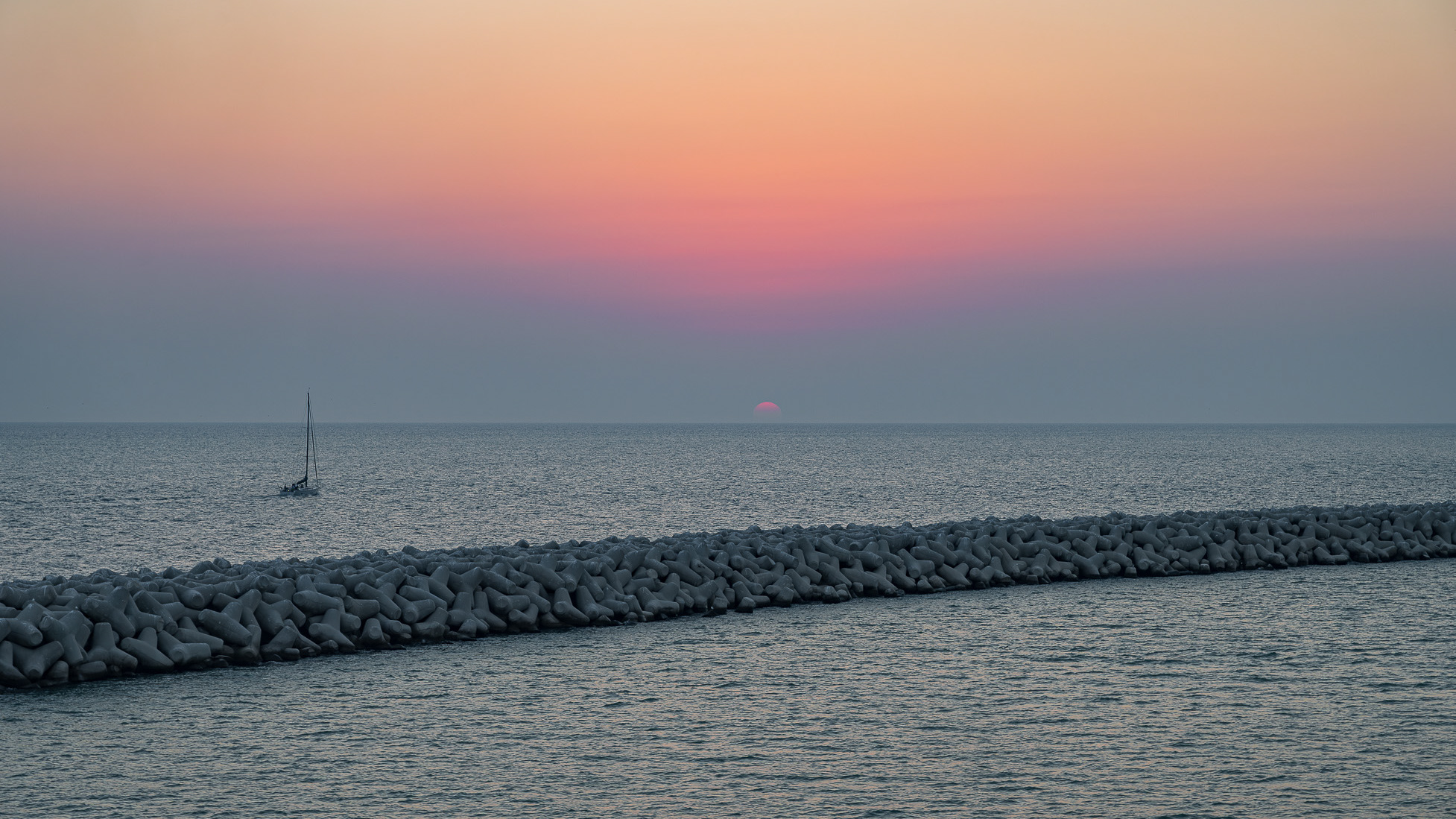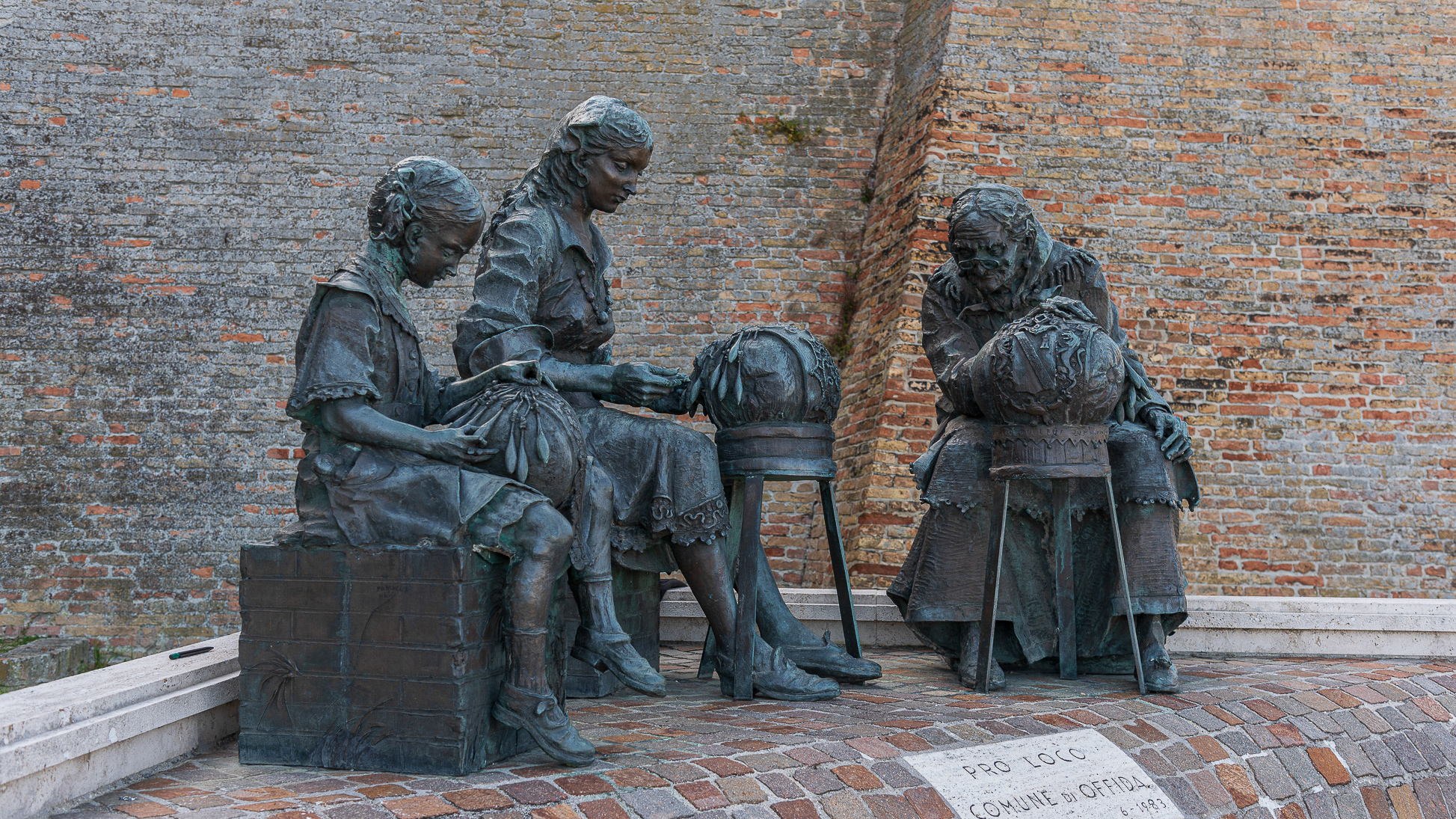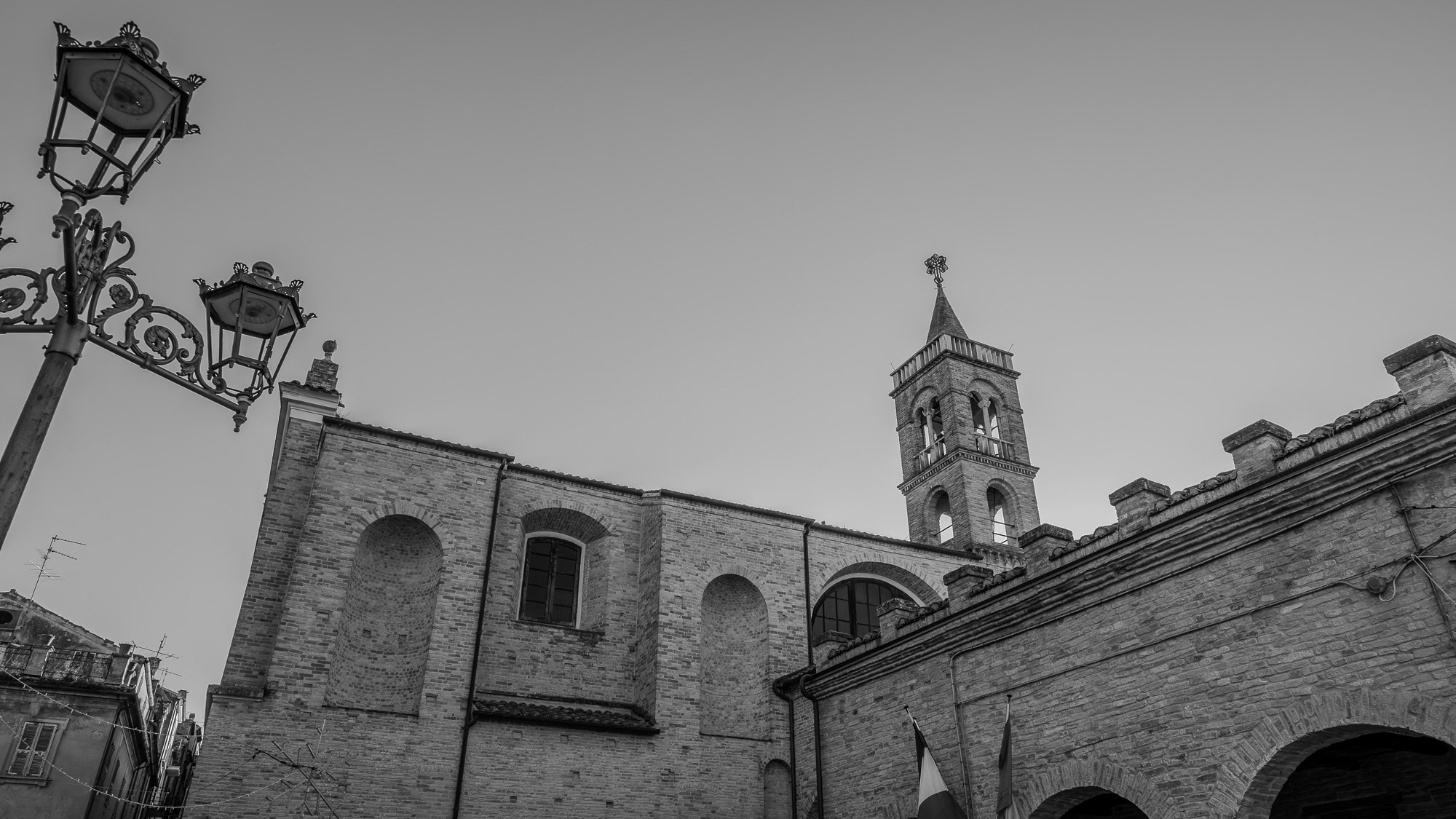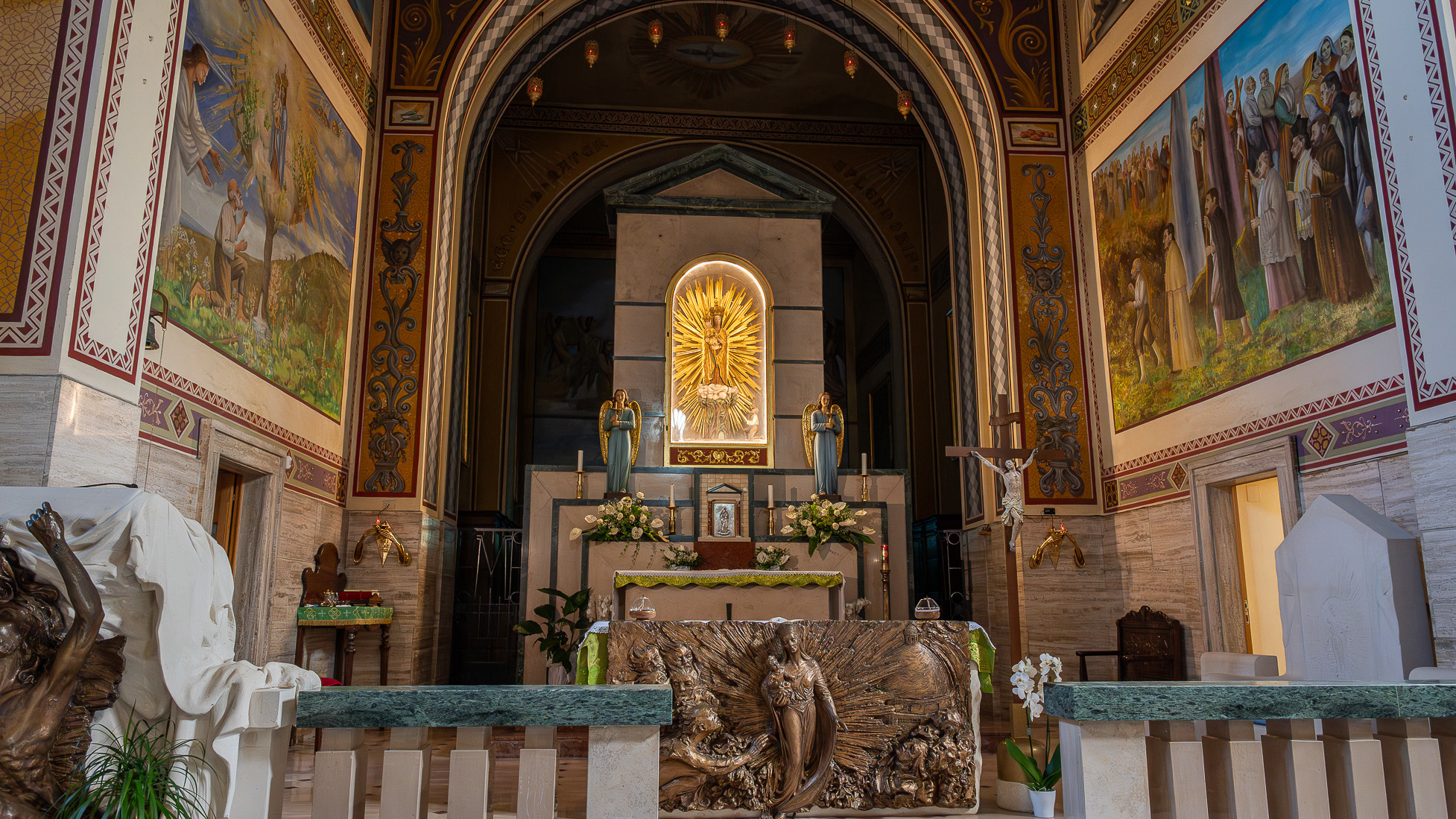Recanati. Landscapes and views
2022
Recanati is an Italian town of 20 975 inhabitants in the province of Macerata in the Marche region.
You may also like
2022
Recanati. The church of S. Agostino
The church of Sant'Agostino is a religious building in Recanati. The structure is known for its bell tower which inspired Giacomo Leopardi's poem Il spero solitario.

2023
Ancona. Glimpses of summer and sunrise
2022
Castel Trosino, Ascoli Piceno. Glimpses
Castel Trosino is a small village of medieval origins which embodies an important series of historical, architectural, cultural and environmental "values". Castel Trosino has always been located in an important area that leads from the Apennine passes to the Adriatic Sea. It is in fact widespread opinion that the original Salaria consular road passed on this route, we do not know if this corresponds to the truth, but it is certain that through this important village there was a route that connected with the southern area of Umbria, a director widely used in Roman and early medieval times. The small village is located on a travertine rock (the main material of the area) as a cliff over the Castellano valley. The small village of the castle itself is organized around a central street that penetrates inside to the main square in front of the church dedicated today to San Lorenzo Martire.
2022
Loreto. The Basilica of the Holy House
The Basilica of the Holy House is one of the main places of veneration of Mary and one of the most important and visited Marian shrines of the Catholic Church. It is located in Loreto.

2025
Grottammare. The church of S. Agostino
The church, most likely donated by the community, was built by the Augustinian fathers between the end of the 15th century and 1517.

2022
Offida. Monumento alla Merlettaia
It is a bronze monument, created in 1983 by the sculptor Aldo Sergiacomi from Offida. It is placed at the entrance to the town to testify to the great importance that bobbin lace has in Offida. It is in fact a very ancient art that is handed down from generation to generation, allowing the creation of real handcrafted masterpieces. The monument highlights the continuity of tradition, representing three generations in comparison: from left to right the elderly grandmother who carefully follows the work of the young mother and the child, very busy learning the first processing techniques.

2024
Spectacular winter landscape of the Marche hills

2024
Acquaviva Picena. Mother Church of San Nicolò
The church is dedicated to S. Nicolò di Bari, patron saint of the city. The original construction dates back to the 16th c., and then assumed its current architectural forms during the 19th century
2022
Wonderful view of the Marche hills
The Marche, a region of eastern Italy, rises between the Apennine mountains and the Adriatic Sea.

2023
Giulianova. The sanctuary of the M. dello Splendore
The sanctuary of the Madonna dello Splendore is a cult building in Giulianova, with the convent, the miraculous fountain and the Art Museum of Splendor and the "Padre Candido Donatelli" Library
